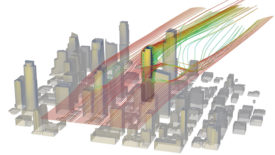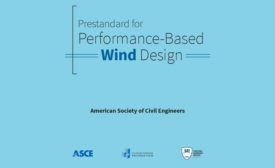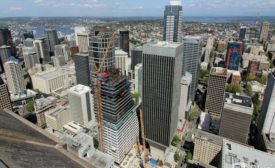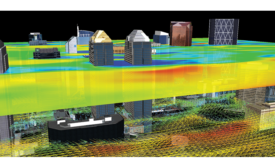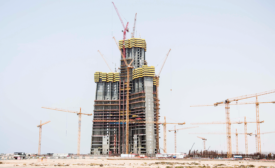Home » Keywords: » wind engineering
Items Tagged with 'wind engineering'
ARTICLES
Performance-Based Wind Design Could Improve Buildings, Say Engineers
First guidance on the sophisticated structural engineering method coming soon
Read More
Wind Engineering
RWDI Creates Better Habitats
Emphasizing sustainability, wind engineer RWDI goes beyond supertowers and long-span bridges
Read More
The latest news and information
#1 Source for Construction News, Data, Rankings, Analysis, and Commentary
JOIN ENR UNLIMITEDCopyright ©2024. All Rights Reserved BNP Media.
Design, CMS, Hosting & Web Development :: ePublishing
